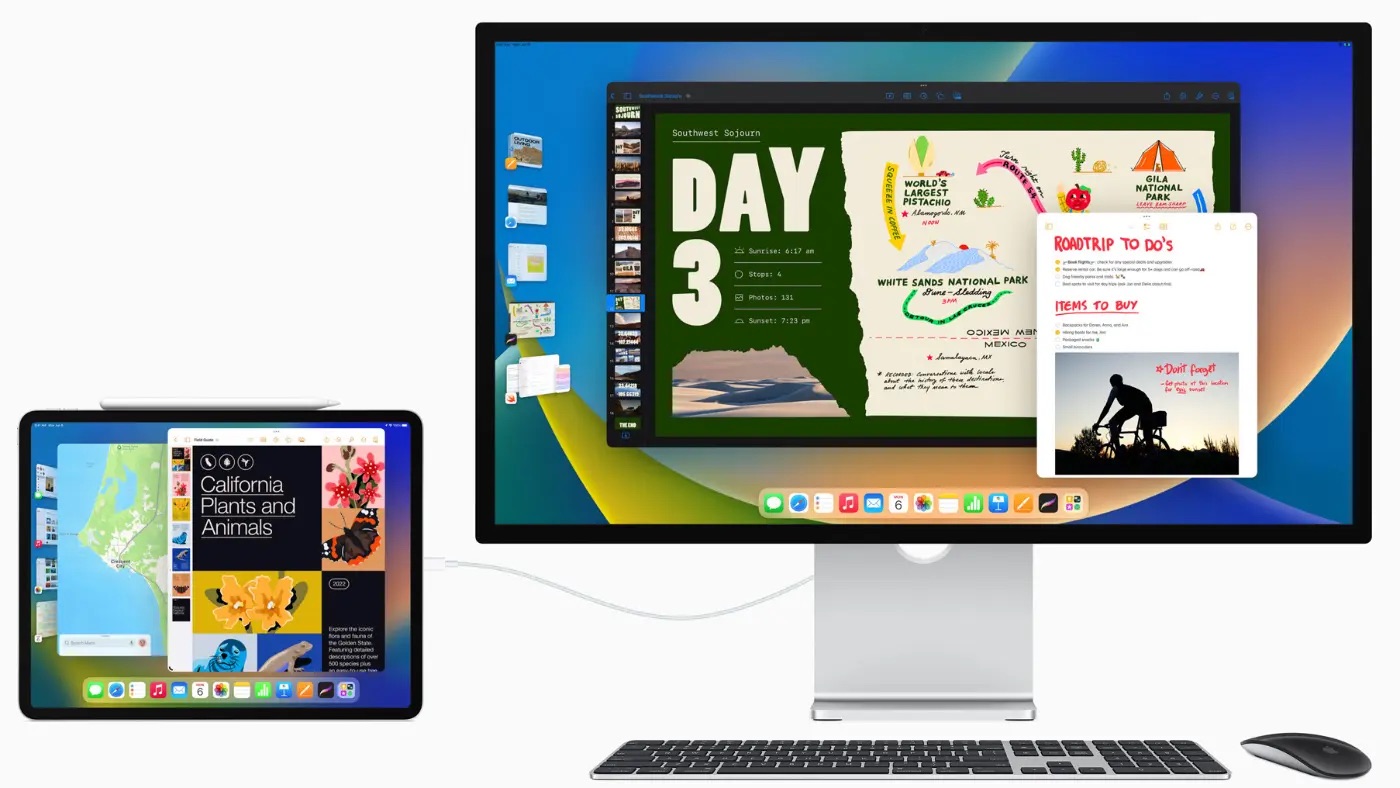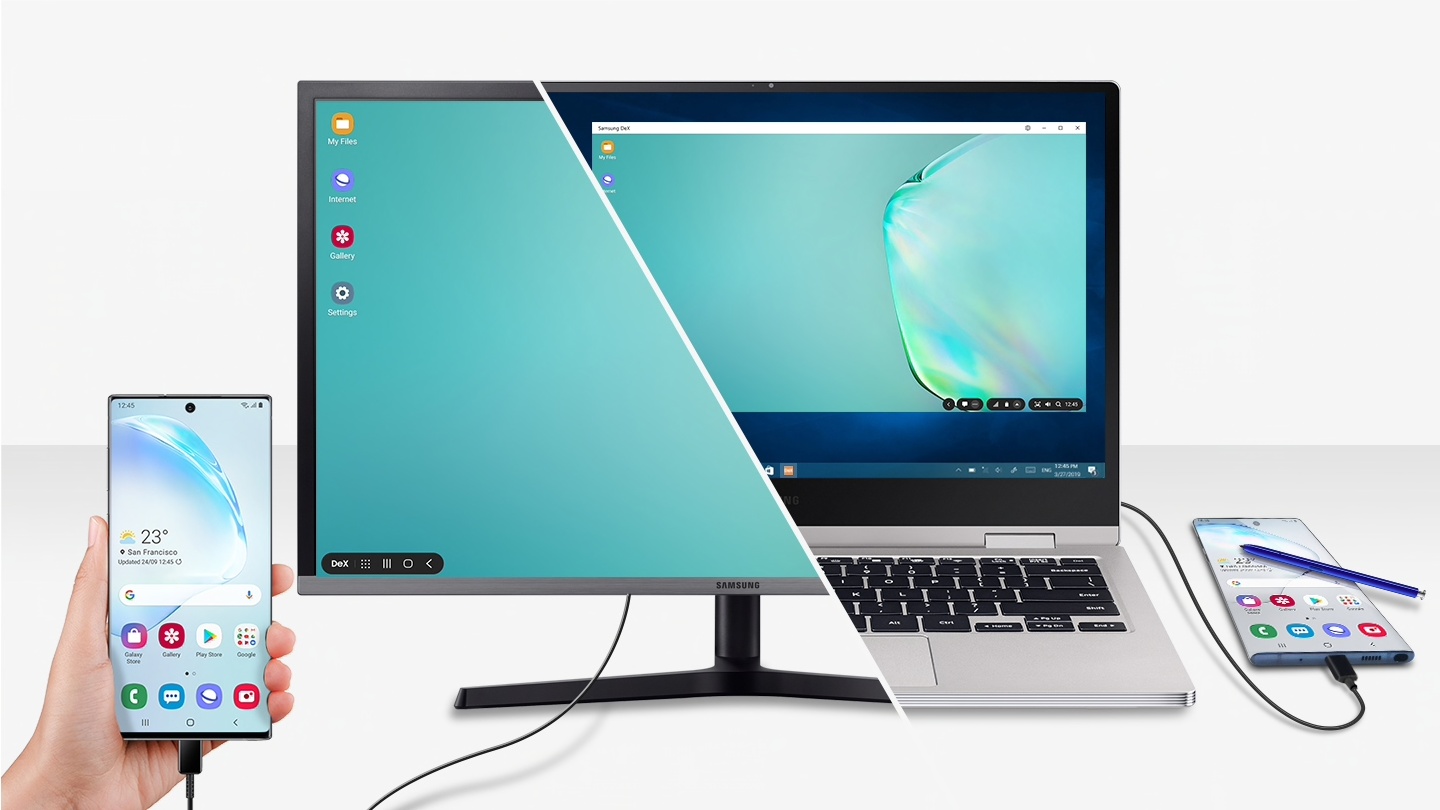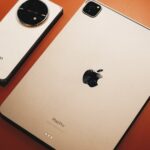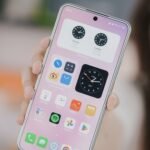Apple is said to be preparing to bring the Stage Manager feature to the iPhone, following a new leak from Leaker Majin Bu. This feature will appear on iOS 19, but only for iPhone models using USB-C port-that is, from iPhone 15 onwards.
Stage Manager is a feature introduced by Apple on iPad from iPados 16, allowing users to open many applications in a separate window form and arrange them on the external screen. According to Majin Bu, when connecting the iPhone has a USB-C port with an external screen, users can experience a similar interface Stage Manager with many applications displayed at the same time-although there will be some limits compared to the iPad version.

Stage Manager on iPad
This makes many people think of Samsung Dex – Samsung’s simulator system. When the Galaxy user connects the phone to the external screen, DEX will activate the interface like a desktop, allowing to run multiple application windows, mouse and keyboards. This feature has helped the Galaxy become the option to replace laptops in many basic situations such as office work, web browsing or presentation.

DEX feature on Samsung phones
Currently, the iPhone models when connected to the external screen only supports the mirroring. If the leaked information is accurate, this will be the first time Apple has allowed the iPhone to operate the actual multitasking interface on the separate screen – a big step in exploiting the powerful hardware potential on devices like iPhone 15 Pro.
The first beta of iOS 19 is expected to be released immediately after the WWDC 2025 event on June 9. However, it is unclear whether the Stage Manager feature for iPhone is activated from the first beta or will be updated gradually in the iOS 19 cycle.
Although Majin Bu is a leaker with an incomplete prediction, this information still attracts great attention, especially in the context that the iPhone users are increasingly expecting their devices to “incarnate” into a true computer with just one USB-C cable. If Apple truly learns from Samsung Dex, this will be one of the biggest changes in the iPhone experience since the USB-C port.



















